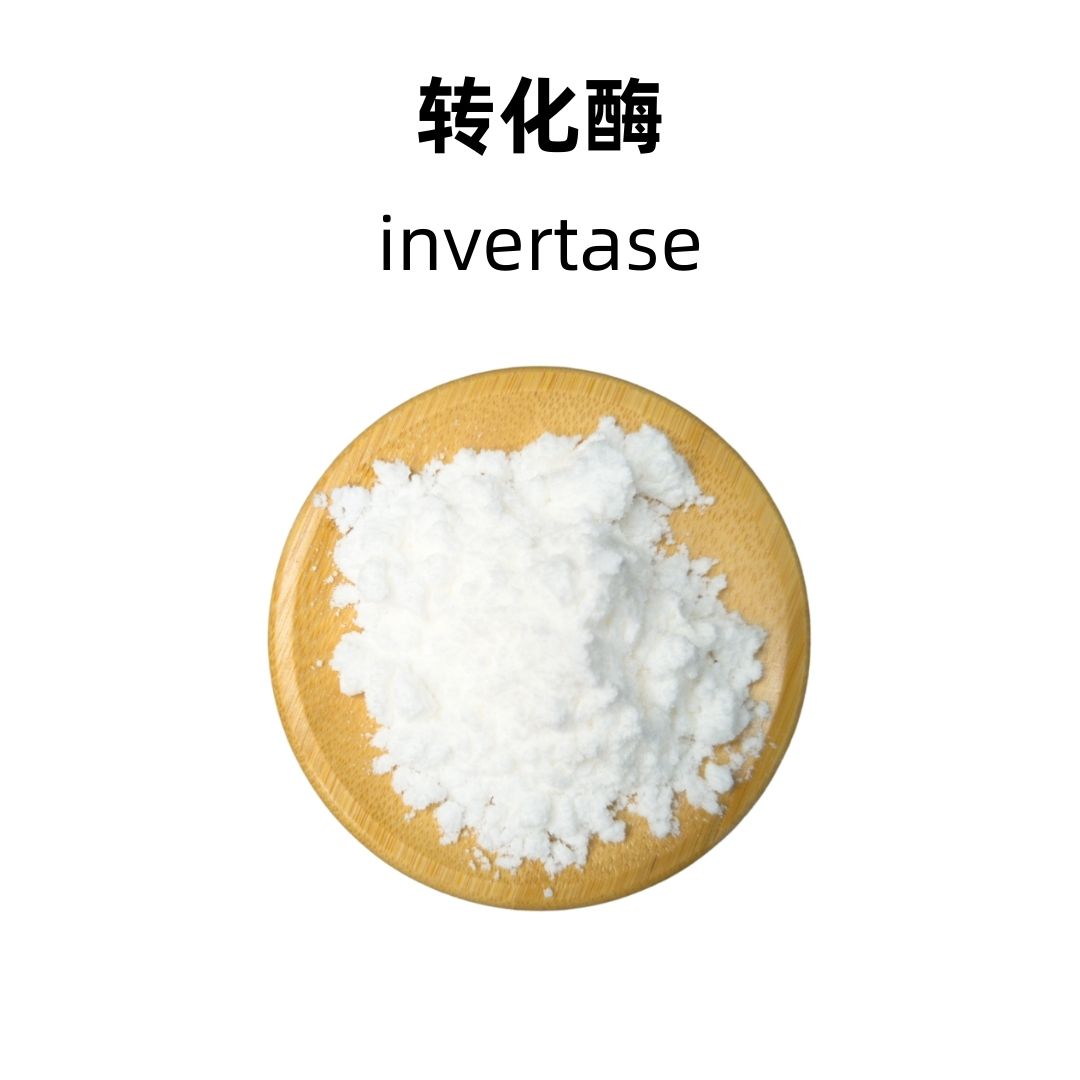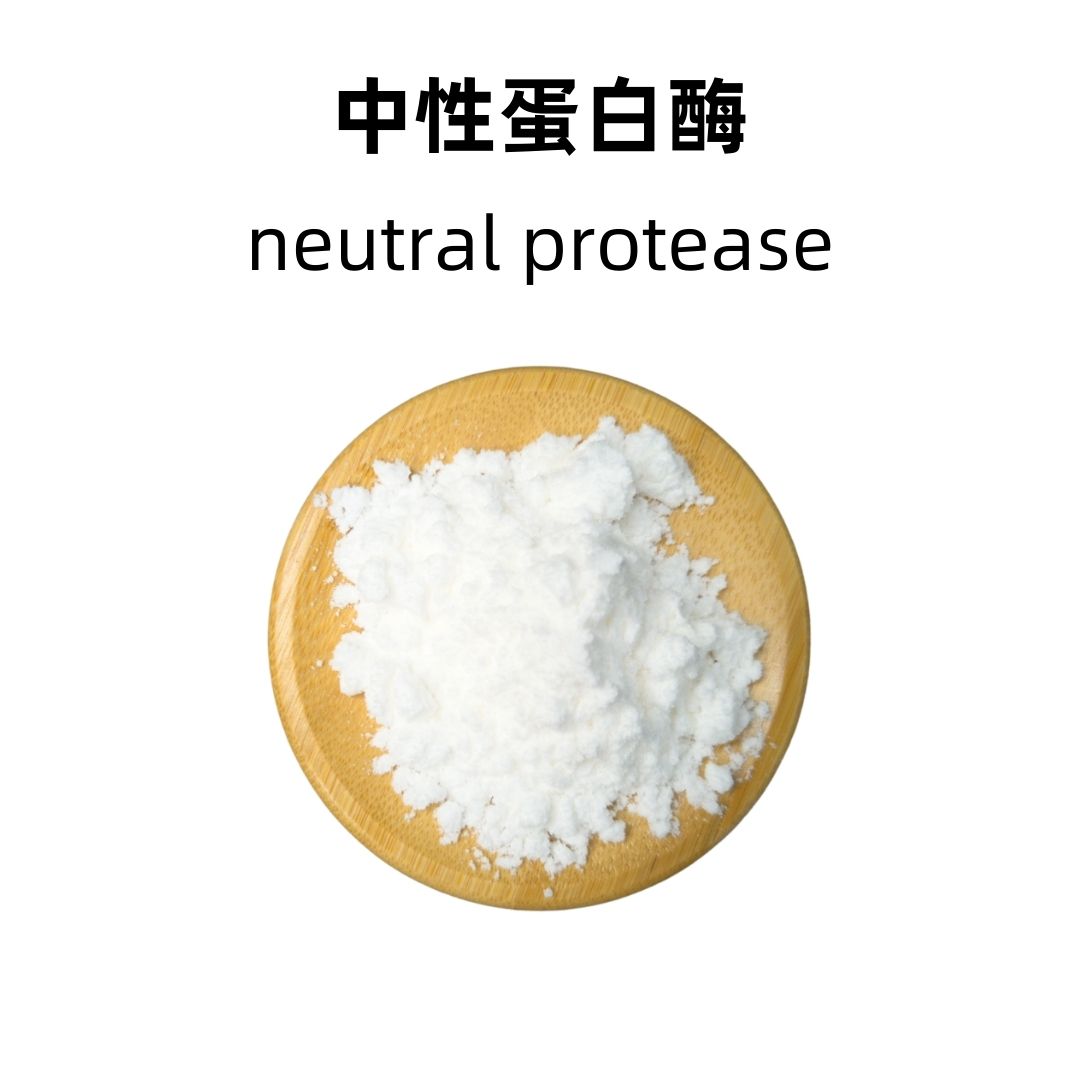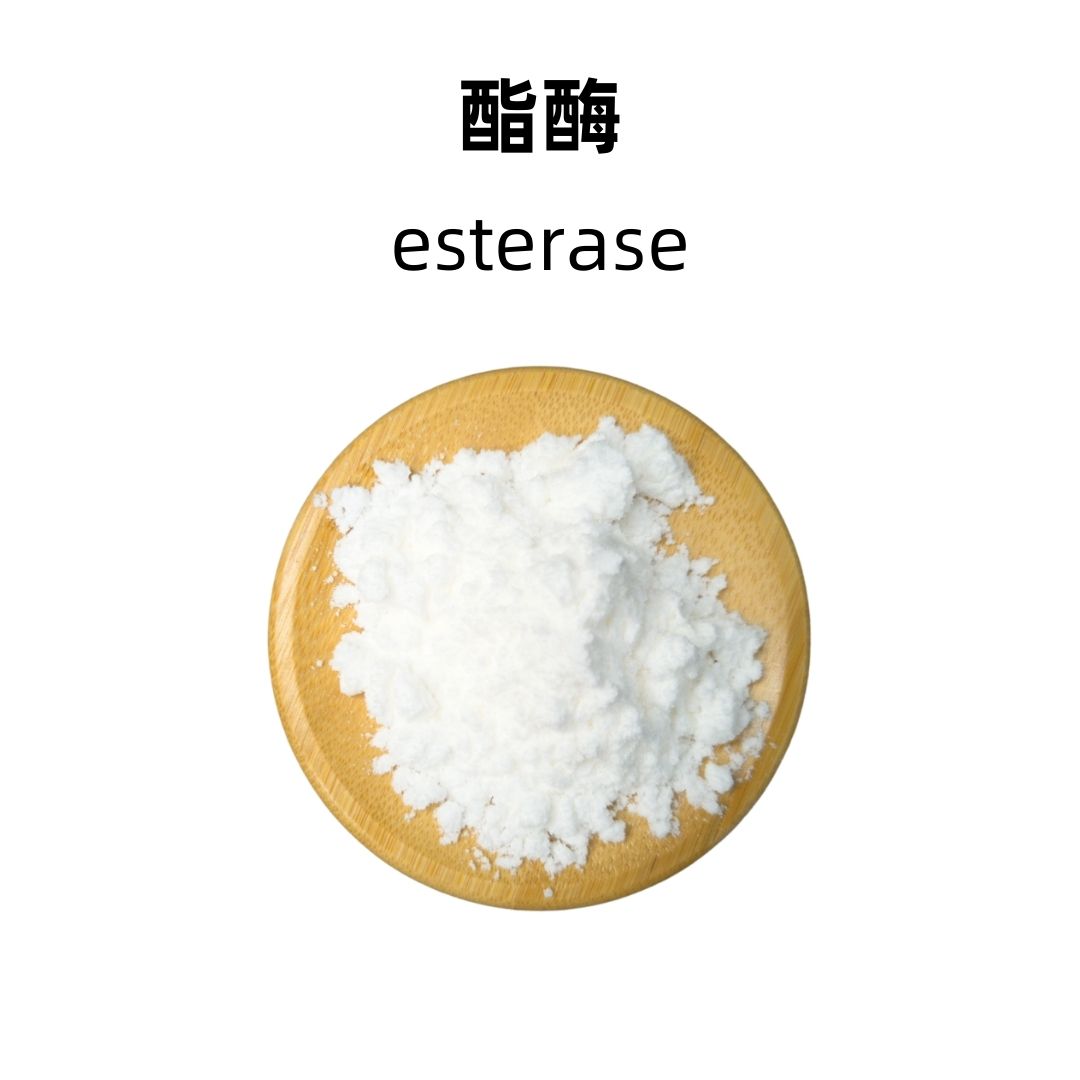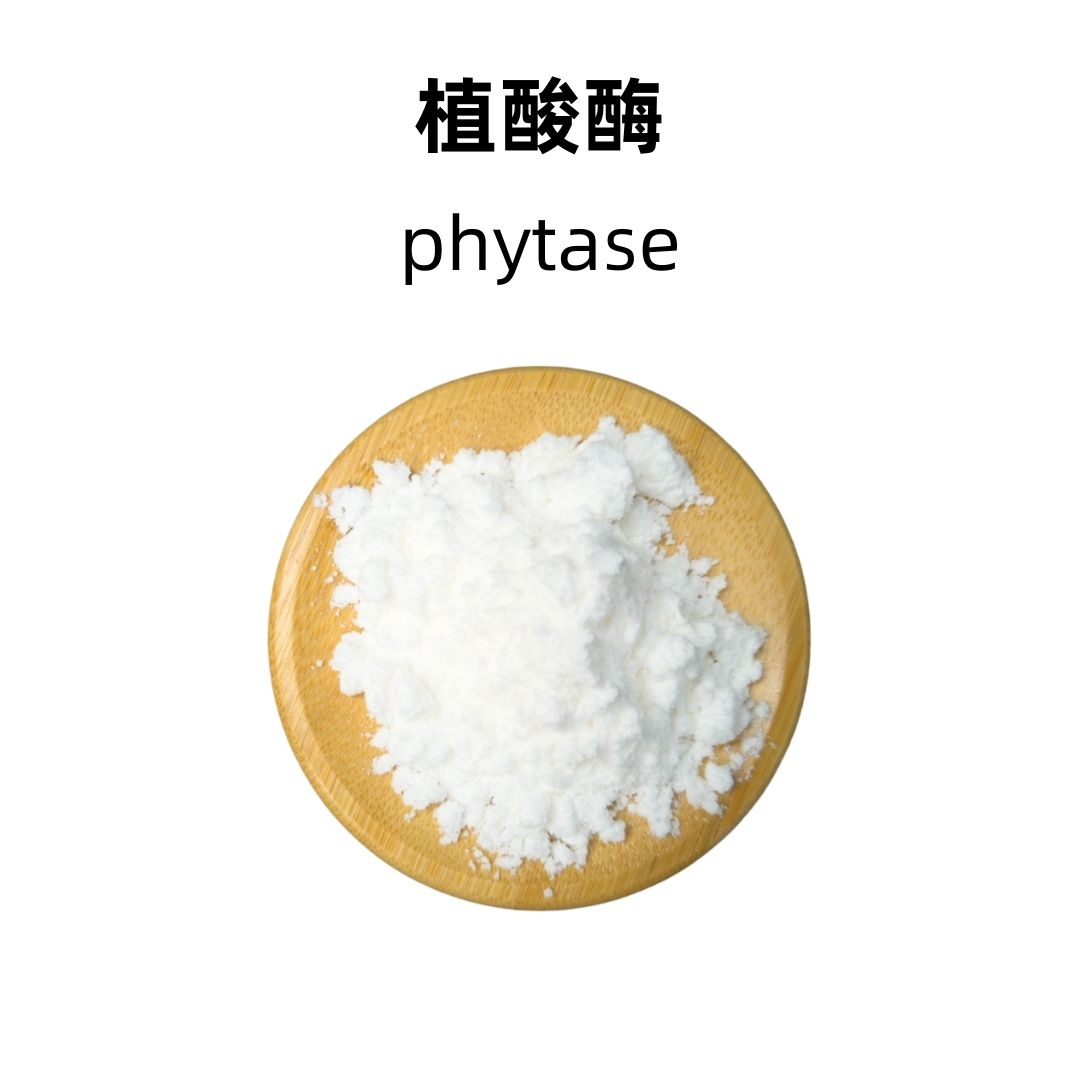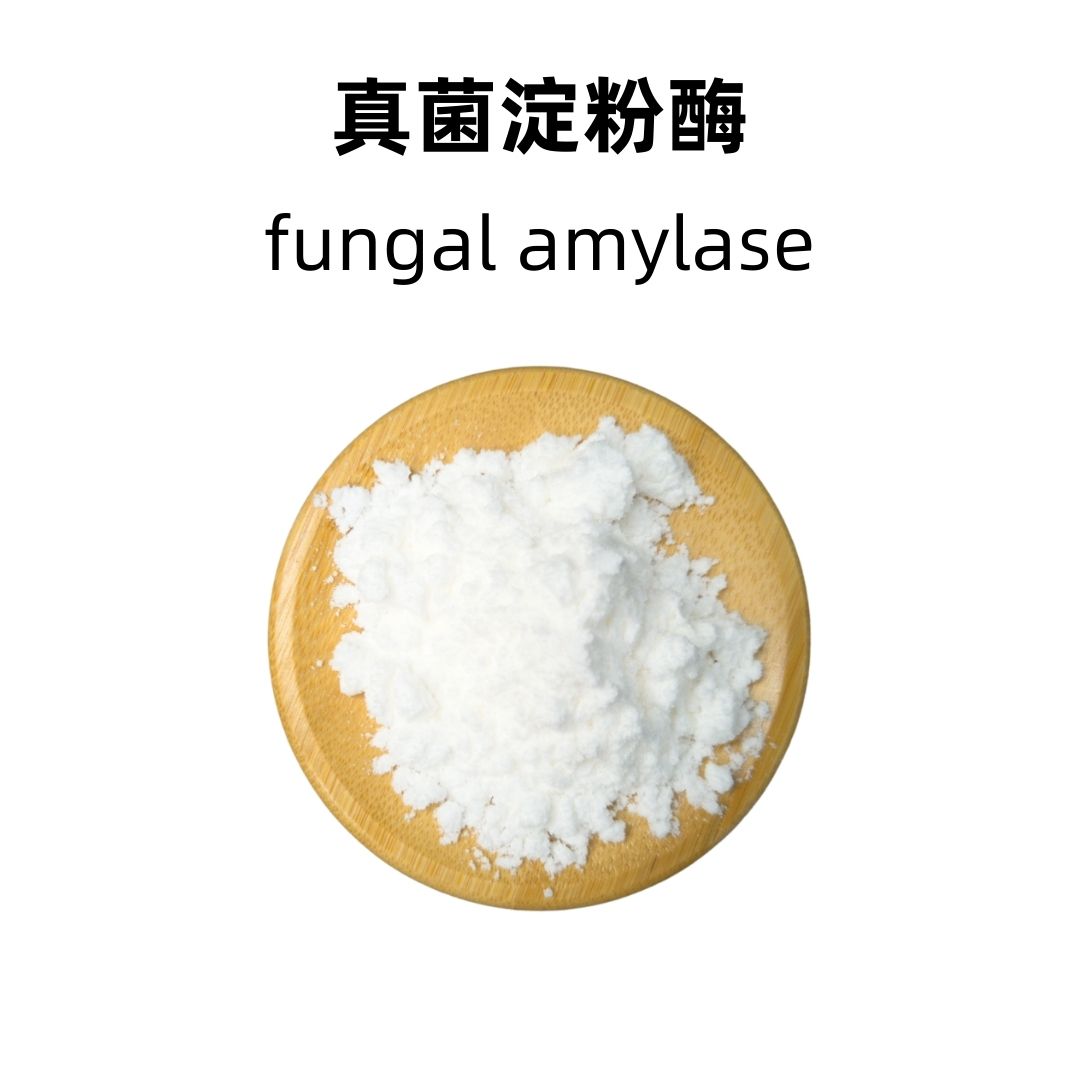Product Introduction
Glucose oxidase is an enzyme that plays a crucial role in various applications, particularly in the food industry and clinical diagnostics. This enzyme catalyzes the oxidative conversion of glucose into glucono-δ-lactone while producing hydrogen peroxide as a byproduct. Its ability to effectively lower glucose levels and its antimicrobial properties make it valuable in multiple settings.
Production Process
The production of glucose oxidase typically involves fermentation processes using specific strains of microorganisms, such as Aspergillus niger or other fungi. These organisms naturally produce the enzyme during their metabolic processes. The fermentation broth is filtered and concentrated to extract the enzyme, followed by purification through various techniques, including ion exchange and affinity chromatography, ensuring high enzyme activity and purity.
Effects and Functions
Glucose oxidase exhibits several effects and functions, most notably its role in glucose metabolism. It oxidizes glucose into glucono-δ-lactone, lowering glucose concentration in solutions. Additionally, the hydrogen peroxide generated during this reaction has antimicrobial properties, contributing to food preservation. In clinical settings, glucose oxidase is vital for glucose monitoring systems, particularly in diabetic management, due to its specificity for glucose and its reliable measurement capabilities.
Application Scenarios
Glucose oxidase finds diverse applications across various industries. In food processing, it is used to prolong shelf life by inhibiting microbial growth. In the biotechnology sector, it serves in biosensors for glucose measurement, providing essential data for health monitoring. Additionally, it has applications in the preparation of health supplements and functional foods, as well as in the diagnostic fields for glucose assays.
Packaging and Storage
Storage Conditions: The product should be sealed, protected from light, kept away from high temperatures, and stored in a dry, cool, and well-ventilated place.
Packaging: Bulk: 25 kg per fiber drum. Sample: 1 kg per aluminum foil bag. Custom packaging is available upon request.
Shipping Methods: FedEx, DHL, dedicated logistics, and sea freight consolidation.
Shelf Life: Two years.
Monica Sun possesses extensive technical expertise and market insights in the food additives industry. She excels in designing efficient and safe additive formulations tailored to various food applications, ranging from sweeteners to functional dietary fibers. Monica has successfully assisted food manufacturers in optimizing ingredient combinations to enhance product quality and improve consumer satisfaction.









